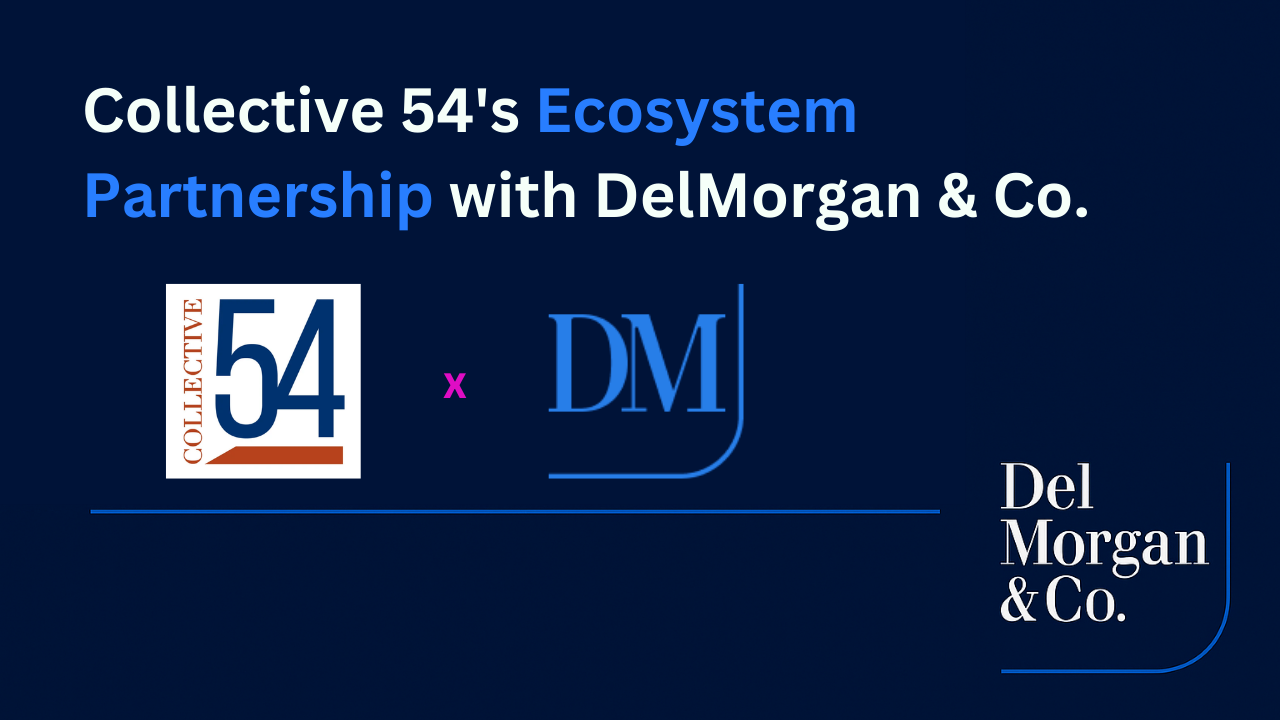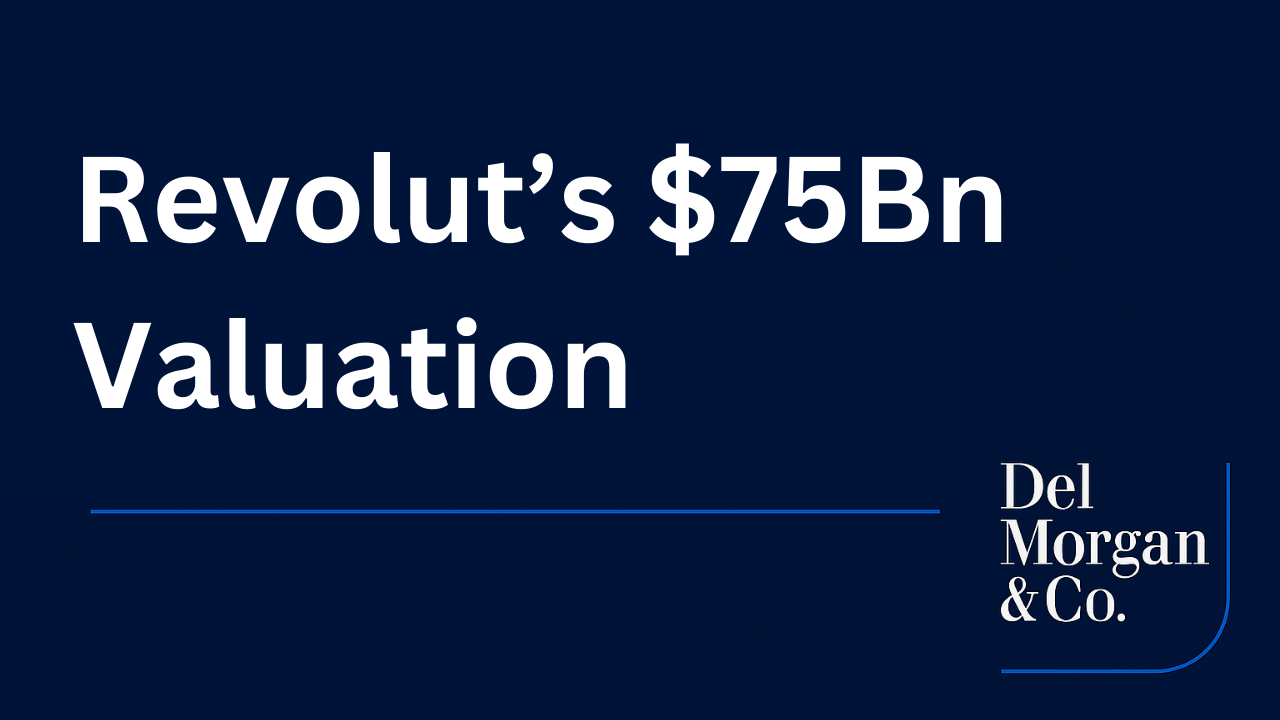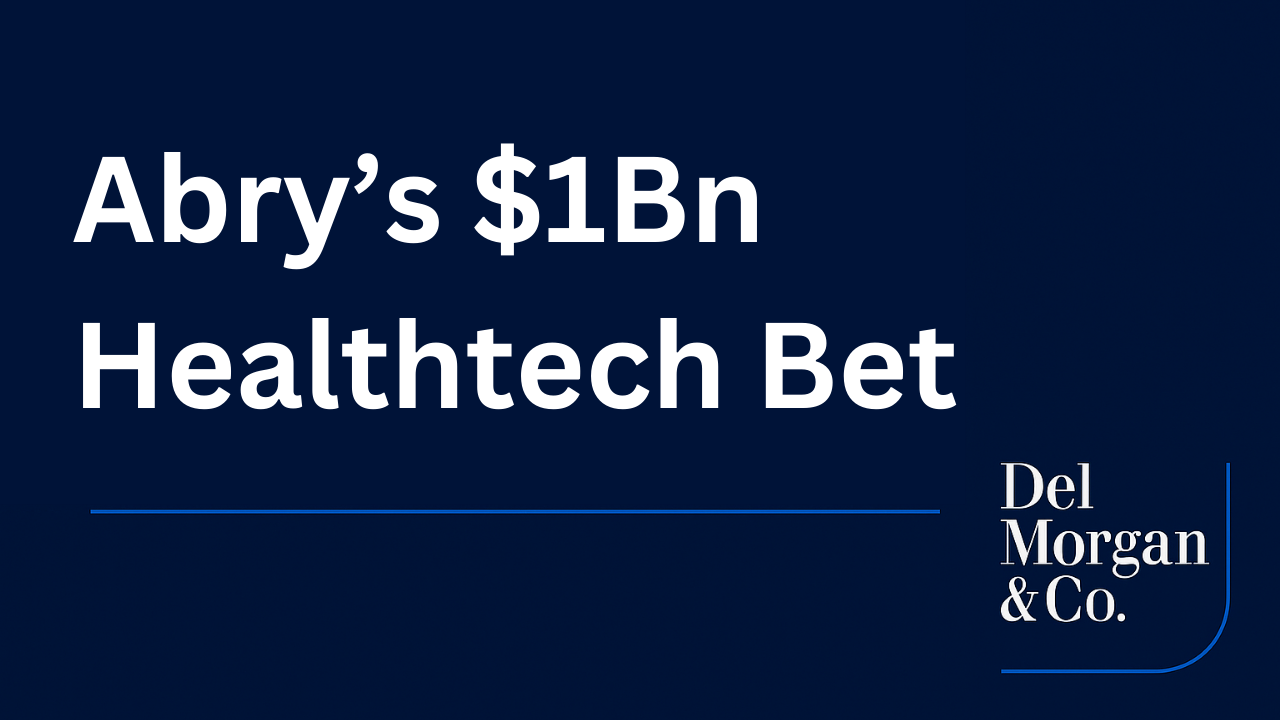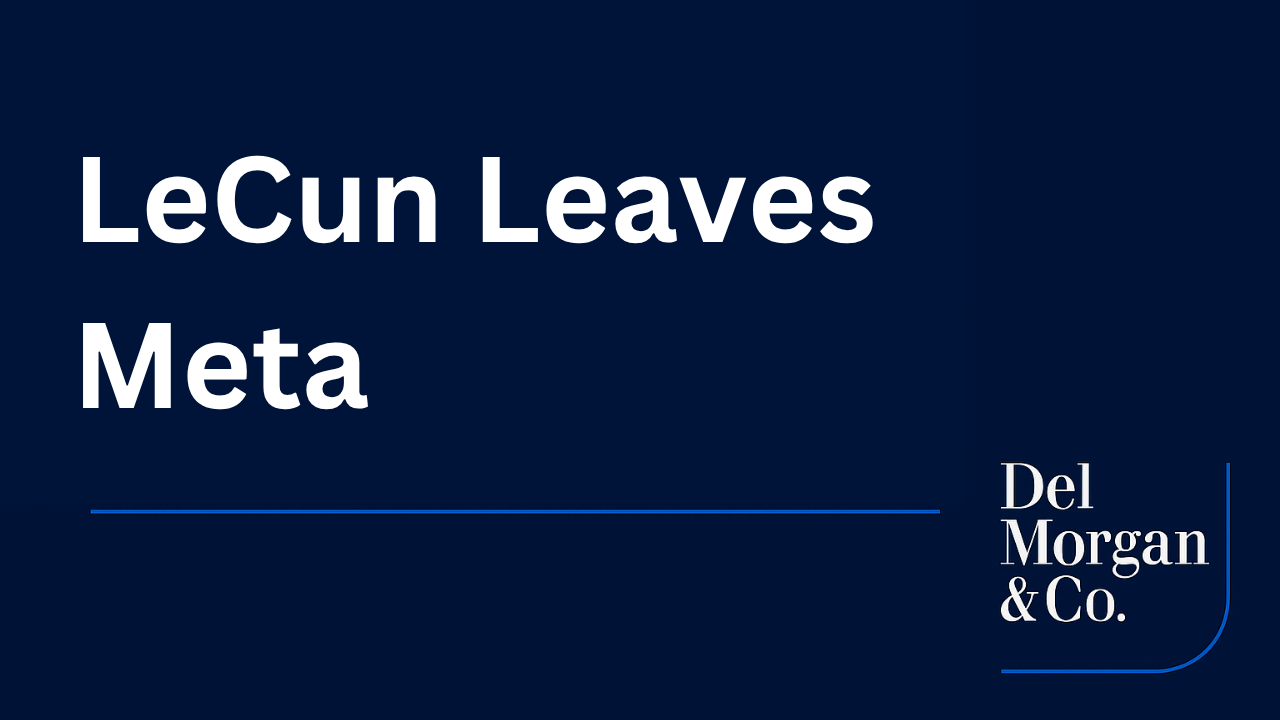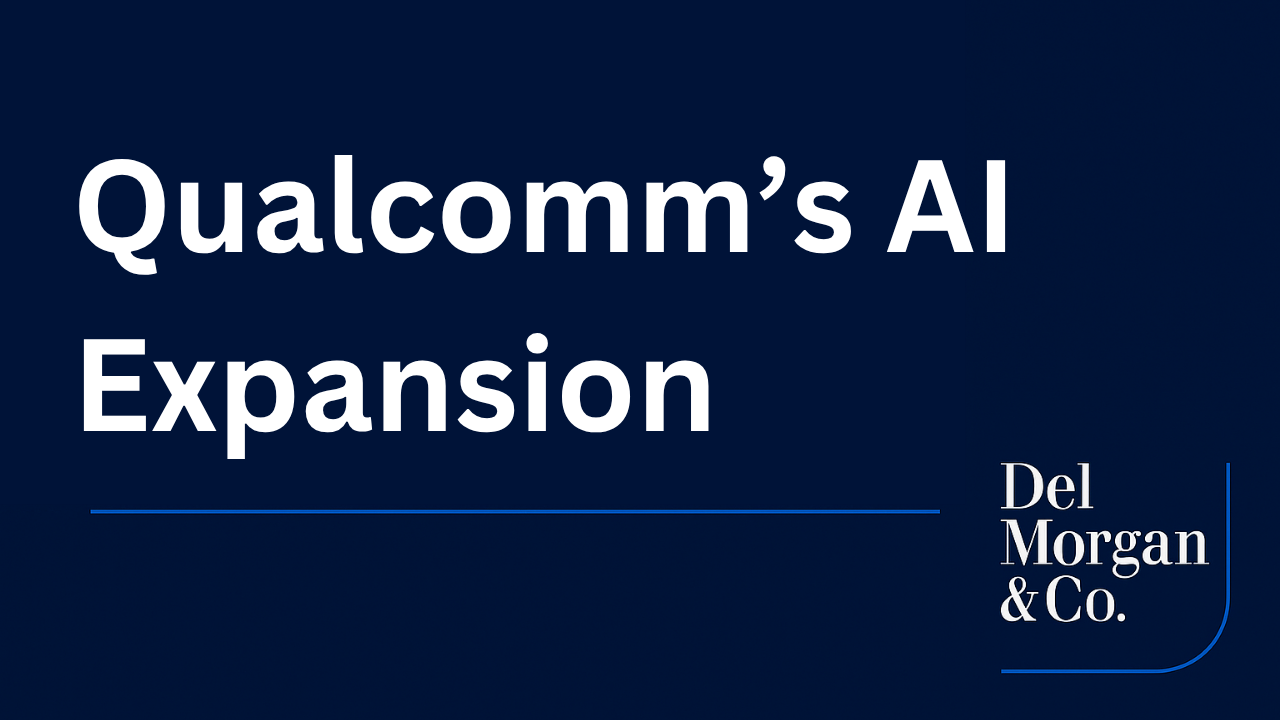The introduction of OpenAI Sora 2 in late 2025 marks a decisive moment in the evolution of AI video generation. Following the widespread attention drawn by the original Sora model last year, Sora 2 represents OpenAI’s most sophisticated leap into the synthesis of moving images, synchronized sound and multimodal creativity. Building on lessons from earlier iterations, the new model integrates advances in world modeling, realism, prompt alignment and safety infrastructure. Together, these upgrades define a system that not only pushes the boundaries of what text-to-video generation can achieve but also demonstrates the ongoing maturation of synthetic media as a transformative tool for creative industries, education, marketing and communication.
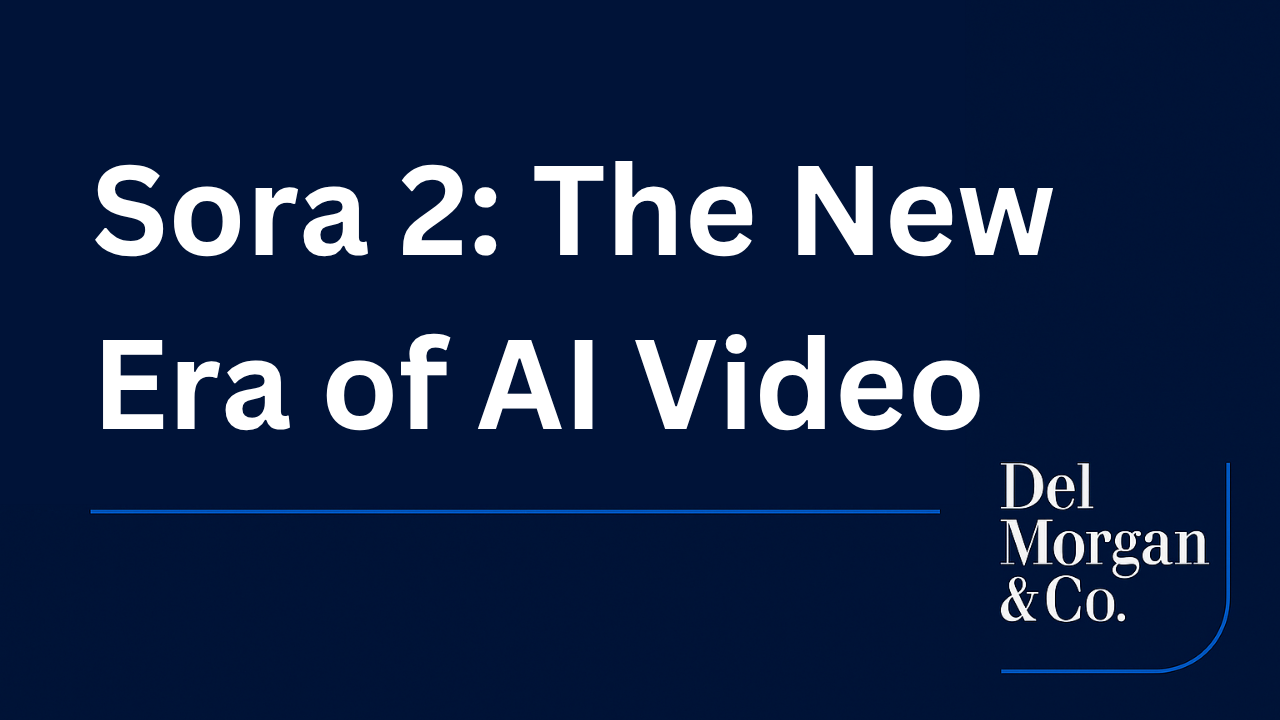
From Sora to Sora 2: The Evolution of Generative Video
When OpenAI released the first Sora in 2024, it established a foundation for large-scale, text-driven video creation. That model allowed users to type a descriptive prompt and receive a short, animated sequence reflecting that description. While revolutionary for its time, it faced notable limitations in physics realism, frame consistency and narrative control. The system sometimes produced implausible object movements, abrupt transitions or soundtracks that failed to align precisely with the imagery. Despite these shortcomings, the debut of Sora was considered a watershed moment for AI filmmaking, offering a glimpse into how neural networks could simulate the moving world with growing coherence.
Sora 2 has been described by analysts as a generational leap — analogous to the progression from GPT-3 to GPT-4 in the text domain. The model achieves far greater fidelity in physical simulation, enabling objects and environments to behave according to realistic motion and causal logic. This means characters can interact with their surroundings in believable ways, lighting behaves consistently across frames and motion follows intuitive laws of gravity and momentum. The upgrade also introduces synchronized audio generation, ensuring that dialogue, footsteps, environmental ambience and background music match the timing and tone of the visuals. Moreover, Sora 2’s internal world modeling allows it to maintain continuity across multiple shots, so that camera perspective, scene lighting and character appearances remain consistent. These capabilities elevate it beyond a simple text-to-video generator and into a powerful AI-driven world simulation engine.
The Architecture Behind Multimodal Intelligence
Although OpenAI has not disclosed the full internal structure of Sora 2, public documentation through the Sora 2 System Card reveals that the model fuses video, audio and language understanding into a single multimodal reasoning framework. Rather than generating videos frame-by-frame at the pixel level, the model operates in a latent space — a compressed internal representation that captures both visual and auditory patterns. This approach improves efficiency while allowing for high coherence over time. The system interprets prompts with enhanced precision, parsing complex instructions about camera movement, dialogue tone, lighting conditions and pacing. Each of these elements interacts dynamically, producing scenes that respond naturally to descriptive text input.
What distinguishes Sora 2 most is its ability to preserve a “world state.” In earlier video models, an object might disappear or alter shape between shots, but Sora 2 maintains persistent spatial relationships and environmental logic. This fidelity to continuity brings it closer to the standards of professional cinematography. The model also integrates multiple safety mechanisms, such as visible and invisible watermarking, metadata provenance tracking through the C2PA standard and internal moderation tools to detect prohibited or harmful content. These systems collectively represent OpenAI’s attempt to balance creative flexibility with ethical responsibility — a critical consideration in a media landscape increasingly influenced by synthetic video production.
Capabilities, Applications and Creative Integration
Sora 2’s primary function is to generate short, high-quality videos directly from natural language prompts. Users can describe a scene in prose, and within seconds the model produces a fully realized video sequence complete with motion, sound and lighting. It also supports the animation of static images, allowing creators to bring still photographs to life with dynamic movement. Another innovation is its cameo feature, which enables consenting users to insert their likeness or voice into generated scenes. This opens new frontiers in personalized digital storytelling, where individuals can appear inside AI-generated environments without extensive filming or editing.
OpenAI has also positioned Sora 2 as a social creative platform. The Sora app, currently available on iOS, includes discovery tools, remix capabilities and content sharing features. Within the app, users can view other creators’ videos, adapt existing clips through the remix function and collaborate on new projects. The app’s recommendation engine emphasizes creative inspiration rather than addictive engagement metrics, distinguishing it from traditional social platforms. At launch, access remains limited to invited users in the United States and Canada, with gradual expansion planned as safety and reliability testing continues.
Safety, Ethics and Responsible Deployment
Given the persuasive power of video, OpenAI has placed strong emphasis on the ethical deployment of Sora 2. Every generated video carries both visible watermarks and embedded provenance data, helping audiences and platforms verify the origin of content. Consent is a central tenet of the cameo feature, requiring identity verification and allowing users to revoke permission at any time. OpenAI’s moderation pipeline filters prompts and outputs that involve explicit, hateful or violent content, ensuring compliance with safety standards and reducing the potential for misuse. Nevertheless, challenges persist. Reports have surfaced of harmful or misleading content slipping through early moderation filters, highlighting the complexity of enforcing consistent safeguards across billions of possible generations. The company has pledged to continue refining these guardrails through iterative testing and collaboration with independent safety researchers.
Technical and Conceptual Challenges
Despite its remarkable progress, Sora 2 remains an emerging technology with technical constraints. The model can still produce visual artifacts such as texture inconsistencies, unrealistic object edges or occasional distortions that betray its synthetic origin. Its understanding of physics, though improved, is not infallible, and causal relationships in complex scenes can still break down under strain. In some instances, motion continuity or character interactions falter, especially when prompts demand highly specific choreography or long-duration scenes. Furthermore, the computational demands of high-resolution, high-frame-rate generation are considerable, raising questions about energy efficiency and accessibility for smaller developers.
Legal and ethical uncertainties also shadow the system’s expansion. The model’s capacity to generate lifelike human likenesses raises intellectual property and defamation concerns, particularly as the lines between real and synthetic footage blur. Regulators and rights holders continue to debate the implications of training large-scale generative models on public and copyrighted data. These issues will shape the long-term trajectory of AI video generation and the policies that govern its use.
Transformative Potential Across Industries
Despite these obstacles, the implications of Sora 2 are profound. In the entertainment and marketing sectors, it offers filmmakers, advertisers and content creators a way to produce high-quality visual narratives without traditional cameras or crews. Storyboards, promotional videos and educational materials can now be generated from text, accelerating creative workflows and lowering production barriers. In education and training, instructors can illustrate complex concepts through dynamically generated visual demonstrations, while simulation-based industries can use AI-generated video to model real-world scenarios. The personalization enabled by the cameo system introduces new forms of storytelling in which audiences become active participants in the media they consume.
The Future of AI-Generated Media
Looking forward, OpenAI’s roadmap for Sora 2 points toward longer-duration video, higher resolution, richer interactivity and broader accessibility. The model’s underlying framework is expected to expand beyond standalone clips toward continuous narrative generation and even real-time, responsive video synthesis. Integration with developer APIs and creative software ecosystems could make Sora 2 a foundational engine for next-generation content creation tools. As regulatory frameworks mature and watermarking standards gain global traction, OpenAI aims to demonstrate that large-scale generative media can evolve responsibly within society’s ethical and legal boundaries.
Conclusion: The Synthesis Frontier
Sora 2 signals a pivotal advancement in multimodal artificial intelligence. It merges text comprehension, visual simulation and synchronized sound into a single generative process capable of producing persuasive, cinematic experiences. The model’s impact extends far beyond its technical specifications — it represents a cultural shift in how stories are told, shared and experienced. As OpenAI and the broader AI community continue refining safeguards, transparency and creative control, Sora 2 stands as both a remarkable achievement and an open challenge. It asks how humanity will adapt to a world where imagination and computation converge, and in which AI-generated video becomes not a novelty but a new medium of expression.
About DelMorgan & Co. (delmorganco.com)
With over $300 billion of successful transactions in over 80 countries, DelMorgan‘s Investment Banking professionals have worked on some of the most challenging, most rewarding and highest profile transactions in the U.S. and around the globe. In the upcoming year, we expect more high-quality deal execution for more clients and welcome the opportunity to speak with companies interested in potentially selling their businesses or raising capital.
